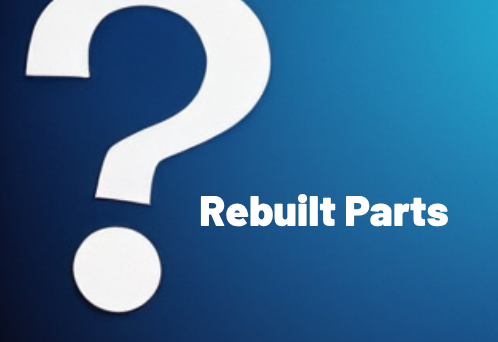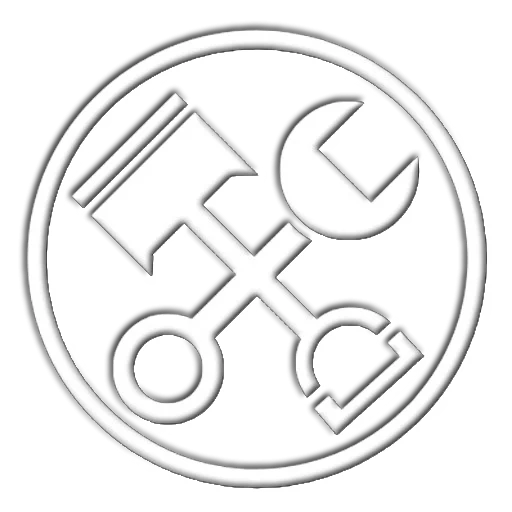
Rebuilt parts are genuine used parts that are disassembled, cleaned, and inspected. Worn, deteriorated, and consumable parts are replaced with new ones before the unit is rebuilt and adjusted to a like-new condition.
The Rebuild Process
1
Selection of Suitable Cores.
Only genuine used parts removed from vehicles are selected for rebuilding. The cores must meet strict criteria, including being free from cracks, corrosion, or excessive wear. Key factors include the condition of metal parts—especially shafts, housings, and cores—which must be structurally sound and suitable for reuse.
2
Disassembly, Cleaning & Inspection.
Each unit is fully disassembled and undergoes a detailed cleaning and inspection process to ensure all reusable parts meet quality standards.
3
Replacement of Consumable, Worn, and Deteriorated Parts
All worn, deteriorated, and consumable parts are replaced with new ones to ensure optimal performance and durability. This includes rubber parts, such as seals and O-rings, as well as metal parts like bearings.
4
Reassembly & Adjustment.
The unit is reassembled with precise torque control, and parts are adjusted as needed to ensure all parts are properly fitted.
5
Quality Testing.
Every rebuilt part is tested using dedicated equipment to measure hydraulic pressure and oil flow based on vehicle-specific standards.
Only those that meet all criteria through computerized diagnostics are approved for shipment.
Cost Advantages of Rebuilt Parts
Rebuilt parts offer a cost-effective alternative to brand new parts. While they may have a higher initial cost compared to used parts, their superior durability reduces the need for frequent repairs or replacements, resulting in better overall cost-efficiency over time.
